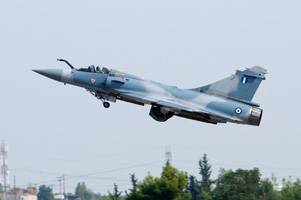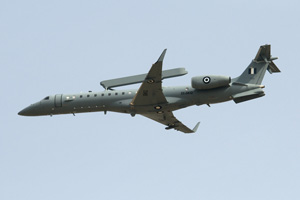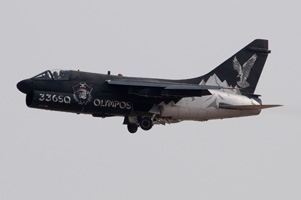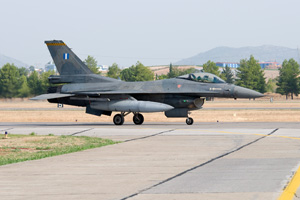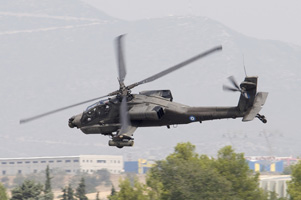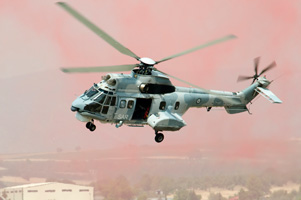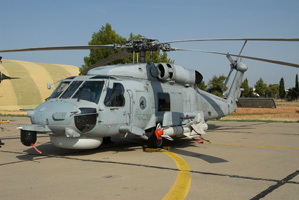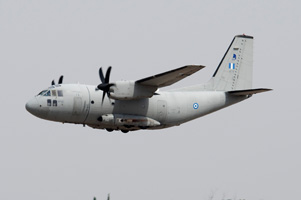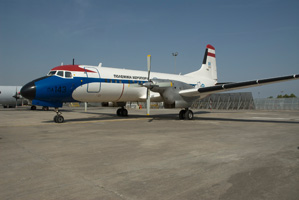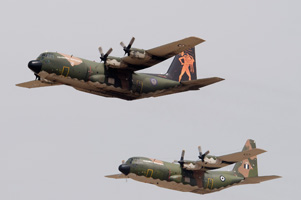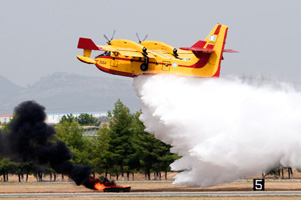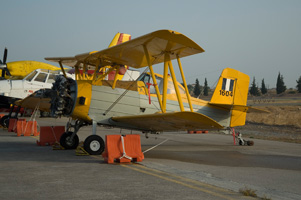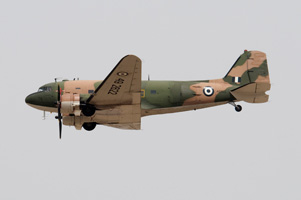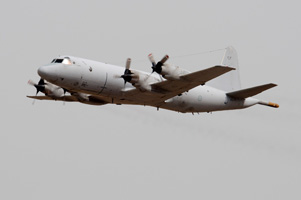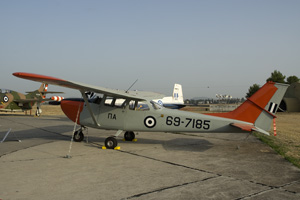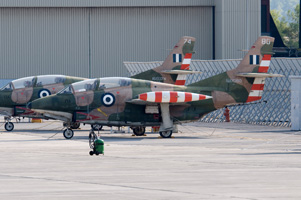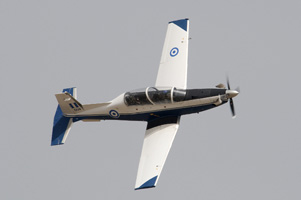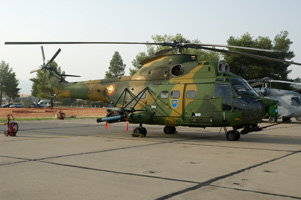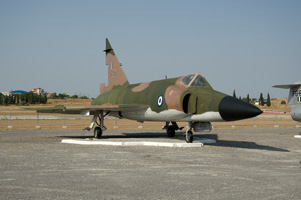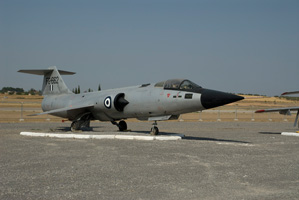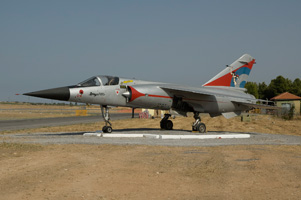Archangel 2008, Tanagra, Greece
12/13 September 2008
In September 2008 the Hellenic Air Force staged another big airshow at their Tanagra Air Base, an hours drive to the north of Athens. Named for Archangel Michael, the patron saint of the Hellenic Air Force, the show had been staged once before in September of 2005. On that occasion the Greek had organised a major international air show for the first time. The 2008 event was announced rather shortly before the actual date, as had been the case with the 2005 one.
Nevertheless, the show proved to be an excellent opportunity to view Greek Air Force hardware up close, including some type rarely seen outside of Greece. Tanagra is tasked with air defence of the country´s capital Athens and houses two squadrons of Mirage 2000´s for that purpose within fighter wing 114 Pterigha Makhis. Component squadron 331 Mira "Aegeas" flies the newly acquired Mirage 2000-5EGM, with the 20 year old Mirage 2000EG flying with sister unit 332 Mira "Geraki". One of the former's Mirage 2000-5EGM's is seen here during a mass take-off.
